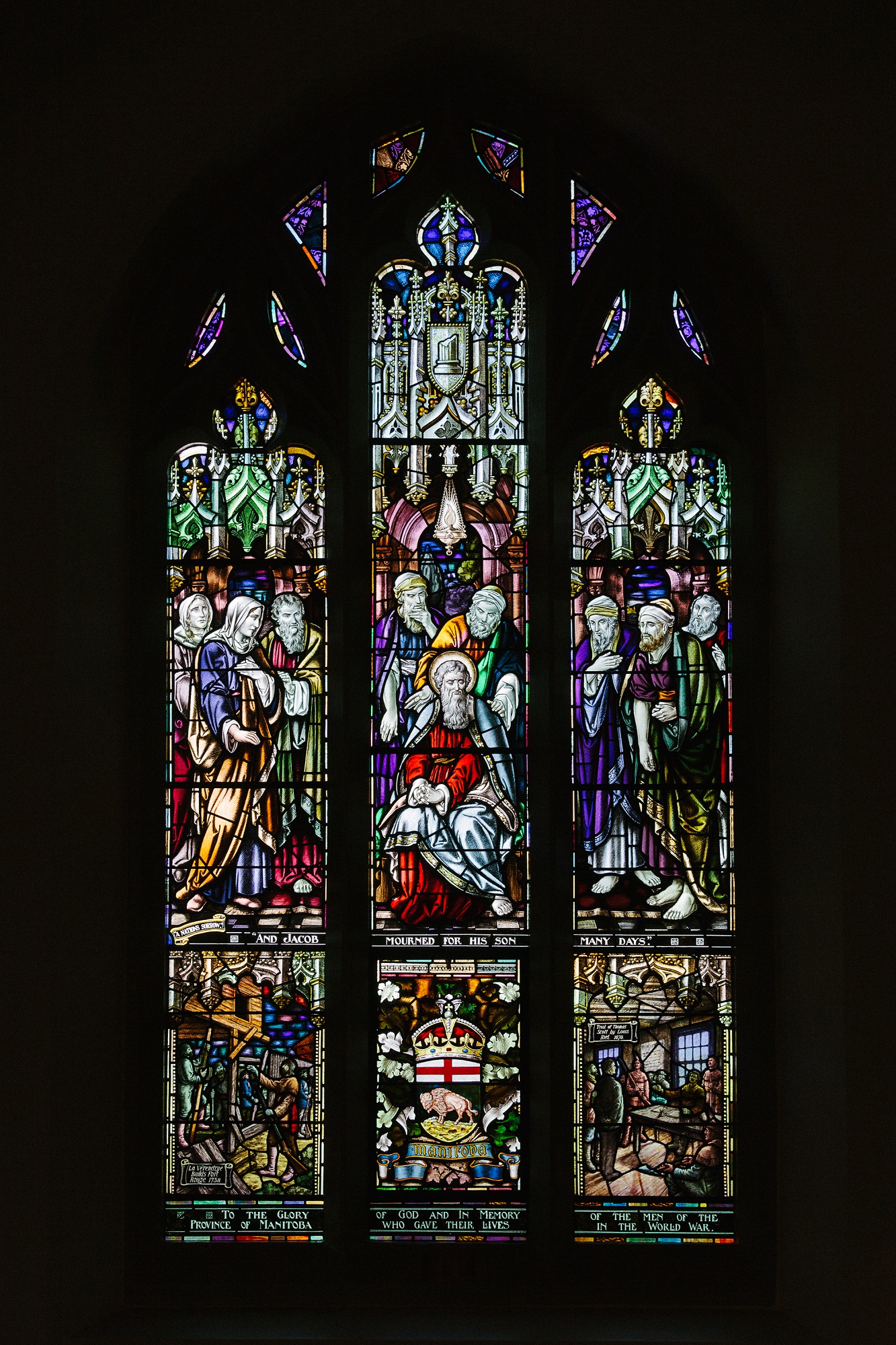Canadian Memorial Chapel was born in the hearts of private soldiers in the First World War who, guided by a sergeant, formed a working party to bury six of Canada's war dead. On a November night of 1915, in the Ypres Salient, France, one of the soldiers said to Reverend Lieutenant-Colonel (Lt.-Col.) George Fallis, CBE, ED, DD: "Padre, after the war is over some chaplain should build a memorial in Canada in memory of fellows like these who have given their all." From that moment on, he would never lay away their beloved dead without the idea of a memorial chapel in his mind.
On his return to Canada he was advised by Reverend S.D. Chown, DD, General Superintendent of the Methodist Church, to go to Vancouver and choose a site in Shaughnessy Heights facing the eternal hills to erect the chapel of his dreams. He arrived in Vancouver in May 1920, to a willing congregation and plans were quickly laid.
Lt.-Col. Fallis' friend Chris Spencer, CBE, advised him that in order for there to be national significance to the chapel, he should go across Canada and interview lieutenant governors, premiers, statesmen and leaders of each province, asking them to underwrite the windows. Manitoba was the seventh province he visited.
In Winnipeg, Lt.-Col. Fallis enlisted the leadership of Captain Archibald Brown, DSO, MC, son of the Honourable Edward S. Brown. Archie Brown was one of the most courageous men physically and morally that Lt.-Col. Fallis had met in the war. He was wounded, returned to England and after a convalescent leave was made a staff captain. Soon there was an urgent call for seasoned officers to come back to France. Captain Brown gave up his ten dollar a day job, reverted to lieutenant and returned to France, only to have a bullet go right through his body as he led his men in a charge. Miraculously, the bullet missed his heart and both lungs. It was some minutes before he knew he had been hit, but loss of blood weakened him and his pals discovered blood staining his tunic, back and front.
For many years, Lt.-Col. Fallis kept his picture on his study table in a sterling silver frame as an inspiration for daily living. Captain Brown got together all Lt.-Col. Fallis' old buddies in Winnipeg at a dinner. They took the whole business off Lt.-Col. Fallis’ hands and told him to go visit his sister. A few days later, at the home of Creasor Crawford, another friend from the First World War, Lt.-Col. Fallis met many old friends and their wives. After an hour of reunion, Captain Archie Brown, made a speech and told Lt.-Col. Fallis he could go on his way as the Manitoba window had been underwritten.
Depicted in the Manitoba Window - “Jacob Mourning for Joseph,” symbolizing a nation’s sorrow. The historical events show Pierre Gaultier de Varennes, Sieur de La Vérendrye, building Fort Rouge in 1738, and the trial of Thomas Scott by Louis Riel 1870.
